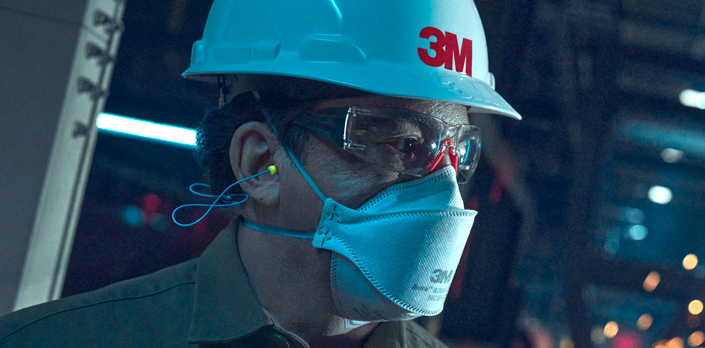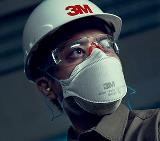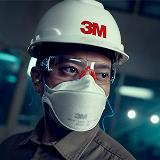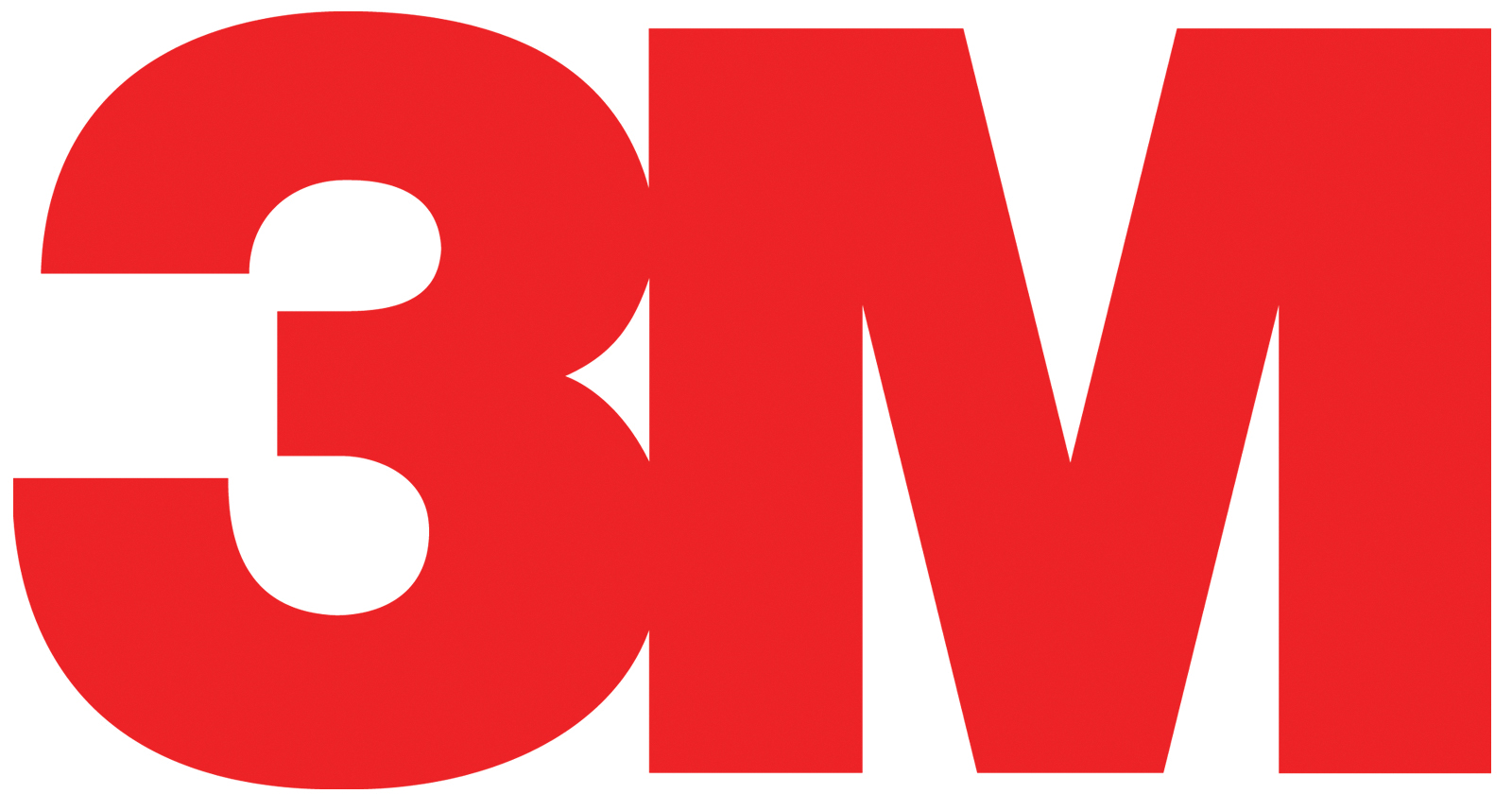Ten Considerations when Selecting Respiratory Protection

This blog article was originally published on the 3M Safety Now & Next Blog on April 20, 2021, and can be viewed here. It is republished with permission.
 When choosing respiratory protection in the United States, there is a lot to consider. Are respirators required by your employer and/or the U.S. Occupational Safety and Health Administration (OSHA)? Has the respirator been certified by the National Institute for Occupational Health and Safety (NIOSH)? But even once you select the appropriate respiratory protection given your job and application, another important consideration is achieving the proper fit.
When choosing respiratory protection in the United States, there is a lot to consider. Are respirators required by your employer and/or the U.S. Occupational Safety and Health Administration (OSHA)? Has the respirator been certified by the National Institute for Occupational Health and Safety (NIOSH)? But even once you select the appropriate respiratory protection given your job and application, another important consideration is achieving the proper fit.
Respiratory protection should be used in accordance with all the requirements in U.S. OSHA’s respiratory protection program (29 CFR 1910.134), as well as the manufacturer’s user instructions. Here are ten things to consider when selecting respiratory protection for your workers:
- Even with the highest filtration efficiency available, if a respirator doesn’t fit, contaminated air can pass around the respirator and into the wearer’s airway. If your employer has a respiratory protection program in place that requires fit-testing, make sure you are properly fit-tested every time you are going to wear a new type or model of respirator. This is especially applicable for tight-fitting respirators, which include filtering facepiece respirators (FFRs) and reusable (elastomeric) respiratory (RR) protection.
- Select respiratory protection products from a reputable manufacturer of filtering
 facepiece respirators that prioritizes fit and understands that faces come in a wide variety of shapes and sizes.
facepiece respirators that prioritizes fit and understands that faces come in a wide variety of shapes and sizes. - Review all the features and benefits available. Nose clips, straps, nose foam, etc. Inspect each respirator before use – are the components in good condition? Are you using them properly?
- Always carefully read and follow the User Instructions for model-specific user seal check directions.
- Switching respirator models can be challenging, but there are many choices out there, so seek out respiratory protection specialists who can help you understand the options available and what will help provide the right fit given the hazards you may face.
- For wearers, “fit” typically means a proper seal and comfort. For tight-fitting respirators like FFRs and elastomerics (RR) – “fit” focuses on the ability to seal to each wearer’s face. Fit-testing and practicing donning/doffing and performing seal checks are key parts to wearing respirators properly.
- Understanding fit is important, but also consider what you need to do to ensure you are able to obtain a good fit and seal. Make sure you are clean-shaven, if using FFRs or RRs.
- User seal checks are an important way for the respirator wearer to check the seal at any time and determine what adjustments may be needed.
- For all respirators, including loose-fitting respirators such as many powered air purifying respirators (PAPRs) and supplied air (SA) respirators, the fit may impact the perception of comfort. A respirator that is not the appropriate size may be uncomfortable over time. Poor-fitting respirators may cause pressure points or be cumbersome. Fit is individual – no face is the same, so a respirator model fits different people differently. Take the time to practice wearing your respirator to make sure it fits properly, is comfortable and that you can wear it for the full duration required, given the demands of your job.
- Make sure your respirator is stored in a clean place. Always inspect the respirator before you put it on to ensure it is not damaged, deteriorated, or past its shelf life before you use it.
 Fit is core to respiratory protection. What good is a new respirator model if you cannot achieve a proper seal and it is not comfortable for the full length of use? Consider all of these things every time you are looking to switch to a new model or are evaluating if you want to continue with the model you currently use.
Fit is core to respiratory protection. What good is a new respirator model if you cannot achieve a proper seal and it is not comfortable for the full length of use? Consider all of these things every time you are looking to switch to a new model or are evaluating if you want to continue with the model you currently use.
Achieving a proper fit and seal will help you get the most protection out of your respiratory protection equipment. For more information about fit testing and help selecting appropriate respiratory protection products, please do not hesitate to contact your 3M respiratory protection specialists for assistance.
Connect with Saf-T-Gard to Learn More
Industrial safety is our legacy going back 9 decades. For an overview of our 3M products and respiratory protection, and to order for immediate shipment, please visit 3M.

